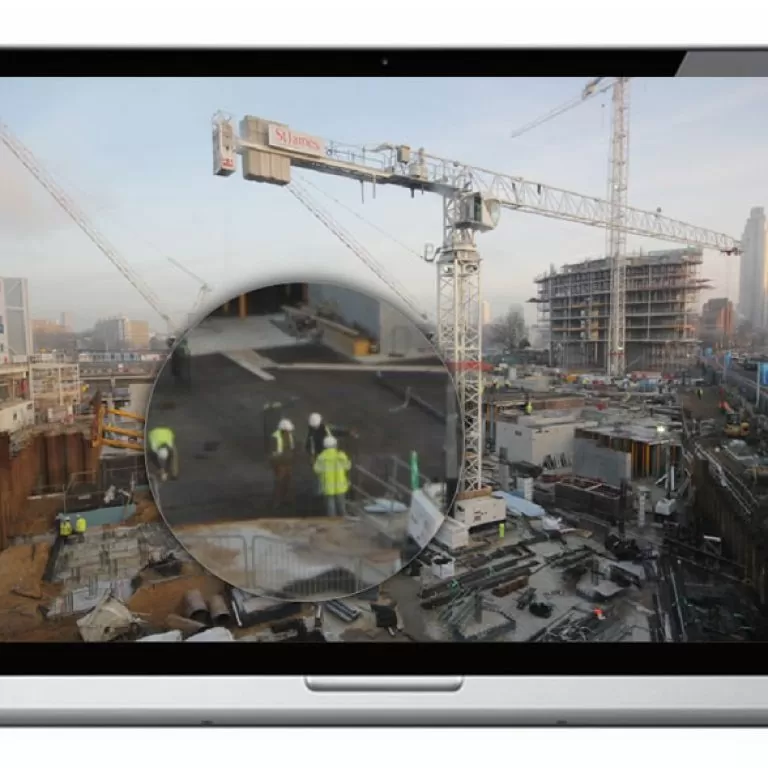
News Why is Ultra HD so important?
You have probably picked up on the phrase “Ultra High Definition” by now. With new models of Ultra HD televisions being brought to the market, it looks as though this format is here to stay.
Unlike the seemingly short-lived 3D televisions, converting to this new digital format is likely to take a similar path to the ‘original’ HD televisions and slowly replace the out-dated technology. This is particularly true considering the push for sales of “4K resolution” (the commonly accepted term for Ultra HD televisions).
That is not to say people will not stick with their current set-up – they probably will, at least for a little bit. But when they come to change (which in today’s tech world of non-existent longevity might be closer than you expect) they will most probably opt for the future proof 4K option.
Future proof – that is the key concept in all of this and why Ultra HD genuinely is important. Think back to repeats of shows you watch that were shot before the 16:9 aspect ratio became standard. Your TV compensates for this by putting a thick black bar down either side of the picture. If it did not, the picture would be stretched and the image quality would greatly suffer.
For those repeated shows this now unavoidable. After all, you cannot simply re-film what has already been shot. But with 4K Ultra HD so close to becoming the norm, now is the time to make sure you do not get left behind.
After all, good professional time-lapse photographers already capture in 4K. If you want a camera to time-lapse construction, webcams are not the way to go – they offer no detail whatsoever, there is no way to remotely monitor them and they require a lot of maintenance.
The very best companies use only the highest quality, industry-leading cameras. This means expensive DSLR and lenses, which can run into tens of thousands of pounds, because megapixels do not equal quality.
You can have as many as conceivably possible, but if the quality of each individual pixel is not up to scratch, the whole picture is going to look poor. DSLRs ensure that other factors are the priority – such as processing speeds, lenses, sensors (the part that captures the light) and electronics. If they are not up to specifications, then it does not matter how many megapixels you have.
This is pretty significant – quality is the key. Whatever your reason for hiring a time-lapse company – whether it be for a final video, site monitoring, event management or something completely out of the ordinary – you want your money to be spent as effectively as possible. If the company you considering cannot offer, let alone guarantee crystal-clear 4K images, then find someone else. Not only will the finished product not do your project or investment justice, it will also fail to stand the test of time. And whilst your project is on-going, it is much easier to keep stakeholders informed and monitor progress when you have a big, high quality image, rather than a grainy webcam picture.
So why is Ultra HD so important? Because it is the industry leading format. It combines quality with longevity, but it is also value for money. It really is the complete package.